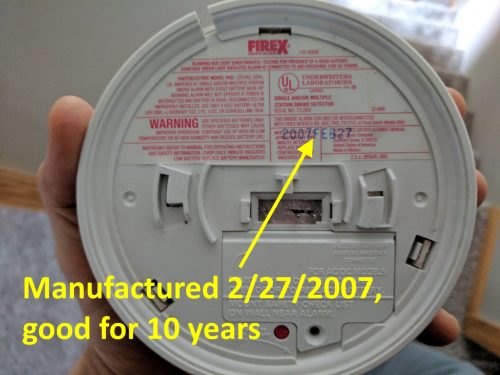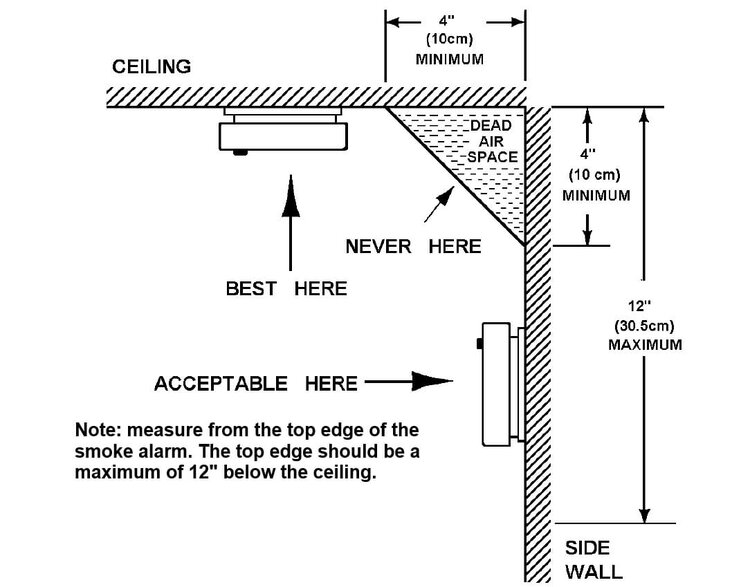If you’re selling your house, you’re probably a little worried about the home inspection. Heck, I’m a home inspector and an extremely diligent and knowledgeable homeowner… but I still get worried about the home inspection when I sell a home. To help prevent hiccups during the home inspection, there are two major categories of things to do as the seller: make everything accessible and take care of the little details.
Wait, I take it back, there’s also a third option: hire your own home inspector to go through the house with you. It’s called a pre-listing inspection. That approach is solid gold and is advocated by the National Association of REALTORS. However, if it’s too late for that, let’s revisit options one and two. To ensure everything is accessible, check out my blog post and video on that topic: How to prepare your home for the inspection.
Ten Easy Things
If you want to shorten the list of stuff that will come up on your home inspection, check this stuff ahead of time and make sure it’s good.
1. Smoke alarms. You need them in every sleeping room and in a common area on every level. They should be functional and less than ten years old. If it’s yellow, it’s over ten years old. Or if you want to get technical, you can check the age by looking at the back side of it. Yeah, that’s probably a better approach.
They also need to be properly located. Follow the illustration below, which is the same for every manufacturer.
2. Carbon Monoxide Alarms. You need one within ten feet of every sleeping room. They should also be functional and less than ten years old. There are no specific requirements for mounting them on a wall or ceiling; choose your own adventure.
3. Handrails. If you have a stairway with four or more risers, you need a handrail. If you want details on a properly installed handrail, check out the end of this blog post: Missing handrails are a required repair in Minneapolis.
4. Clean your gutters. I know, it’s miserable work, but it’s important.
5. Check the downspout extensions. If your downspouts are disconnected, reconnect them. Missing? Replace them. If they’re short, get long ones. What’s too short? I can’t define it, but I know it when I see it.
6. Test your GFCI devices. Y’know, those outlets with a test button. Press the test button on the outlet, listen for a click, and then make sure there’s no power to the outlet. You can do this by plugging in a table saw, or whatever else you have handy. After you’ve verified there’s no power to the outlet, reset it by pressing the reset button. Now verify you have power again. As a diligent homeowner, you’re supposed to inspect and test every GFCI outlet monthly. Not that anybody really does this, including me.
7. Replace missing or burned-out light bulbs.
8. Replace missing cover plates. If you have outlets or switches with missing cover plates, the home inspector will write it up. Be proactive about this.
9. Change the furnace filter. If you have a nasty-looking furnace filter, the home inspector is probably going to show it to the buyer as an example of what not to do. Don’t be the bad example.
10. Clean your air conditioner. I’m talking about the part that sits outside, called the evaporator coil. Get a garden hose and spray it down to clean out lint, grass clippings, cottonwood seeds, and whatever else might restrict airflow.
See, I told you this would be an easy list. We probably report on half of this stuff at any given inspection. These are very easy things to take care of before the home inspection, and they’ll help to clean up your home inspection report. And they might even make you look like a more diligent homeowner than you really are ;-).



Debra Monte
July 22, 2025, 7:55 am
Also clean out dryer ducts and end caps, ensure the damper or louvers are working and have the correct material, i.e rigid or semi-rigid metal, not foil or vinyl). Clear out clutter!
Reuben Saltzman
July 22, 2025, 8:09 am
Hi Debra, those are great tips!
Jim Schoettler
July 22, 2025, 3:22 pm
Never buy a CO detector without a digital readout. When numbers other than zero start to show up on the display, that’s a warning that something is wrong and you better find out what it is and fix it while your family is still safe. If you wait for the cheap alarm CO detector to wale, it will be in the middle of the coldest, snowiest, night of the year and you likely will have been breathing CO for a long time.
Reuben Saltzman
July 22, 2025, 6:03 pm
On that topic, it might be a good idea to supplement with a low-level CO detector: https://structuretech.com/low-levels-of-carbon-monoxide/
Mary Leizinger
August 20, 2025, 6:43 pm
Your top 10 list is right on. When I was still actively selling as a Realtor, I used to carry a basket filled with assorted switch plates in my trunk so I could replace missing or broken switch plates on the spot. I also had a huge box of assorted lightbulbs in my basement that I would use to replace missing, burnt out or mis-matched bulbs in clients homes. I HATED these nuisance inspection findings. I also advised furnace filter changes and generally took a peak at the filter when listing the home.